Artist/photographer Samar Singh Jodha, talks about his 40-feet art installation, Bhopal -- A Silent Picture that is being exhibited in Rome to commemorate the 30th anniversary of the Bhopal Gas Tragedy
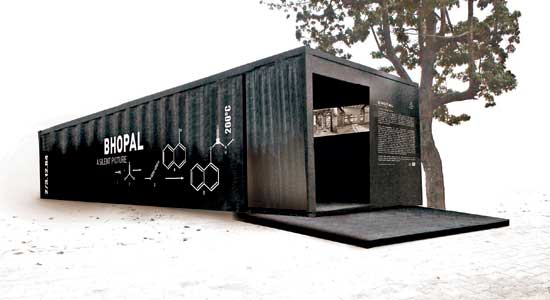
Mumbai Guide, Bhopal, Bhopal - A Silent Picture, Samar Singh Jodha, 40-ft art installation, Rome, interview, Bhopal Gas Tragedy, artist and photographer
Q. When did the idea of Bhopal — A Silent Picture strike you?
A. I was exposed to what the gas leak really was like during the 20th anniversary of the Bhopal Gas Tragedy. We were covering it as commissioned by the BBC. That is when I understood the tragedy, beyond the numbers. I am not a photojournalist but the sensory part of it stayed with me. The Union Carbide plant is sealed but the scale of the tragedy hits you once you are in the heart of it, inside the factory. That night, thousands went to the railway station as we were told then. All my childhood, I travelled across India via trains. Imagine being gassed in a train compartment! It must have been like the gas chambers during World War II. That image connected with me.

Bhopal — a Silent Picture is a public art installation by artist/photographer Samar Singh Jodha. It pays tribute to the Bhopal gas leak that had thousands of casualties. Pic courtesy/Samar Jodha
Q. Thus, the idea of the 40-feet installation...
A. That’s how the container took shape. Bhopal, before the gas leak, used to be colder at the time and once you enter the container, the temperature drops to a single digit, and there are 3D images of the plant itself. We also did many recordings at the plant in the night, which includes sounds of crickets and from nature that abruptly end with a person gasping for breath. In 2012, Dow Chemicals was the key sponsor of the London Olympics and there came a point when they wanted to put some sort of art around the main stadium.
ADVERTISEMENT

The compartment encompasses the images of the deserted plant on the right while on the opposite wall, mannequins are mounted shrouded in 40-feet long black cloth. The cloth bears the name of the dead.
I was working with Amnesty International, and we decided to do our part of protest art. We got 35-odd mannequins of all sizes, which were mounted opposite to the images in the box. We got a 40-foot long piece of black fabric (like a shroud) and stretched it on the mannequins as if they were trying to escape out of the darkness. This also made the passage a tighter space. From Bhopal, I got thousands of names of people who died that night and were screen painted in white, with coded numbers; like ‘Number B103 Baby’, nobody knows who it refers to. Most people in India migrate to larger cities for work. That night, after the gas leak, there must have been so many migrant workers who would have travelled back home but are unaccounted for amongst the thousands who died. Also, what about the animals in that area? Today, at the plant there are a lot of snakes. They are poisonous but what about the toxified ground they have inhabited for the last 30 years?

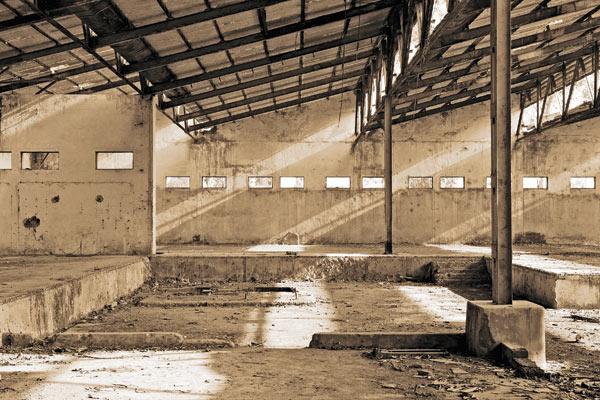
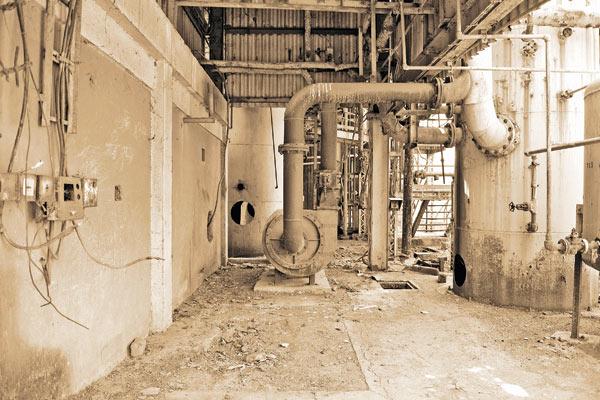
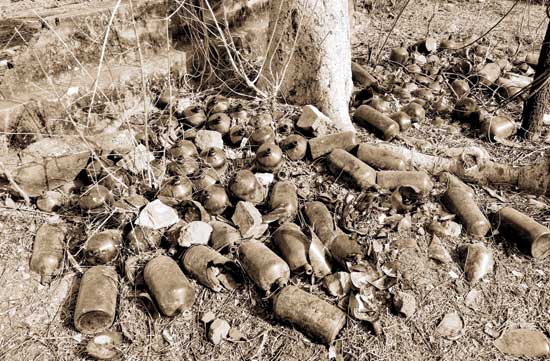
These images are projected in a three-dimensional manner making them hazy to the viewer in the box. The idea was to recreate the leak victim’s affected vision, immediately after the explosion. installation Pics courtesy/ Samar Singh Jodha
Q. How is the Bhopal Gas Tragedy symptomatic of a larger issue?
A. I have spent the last 20 years with a political belief, thinking about the larger picture. I travel a lot; the world economy has changed tremendously with the corporates cultivating markets such as India and China. Such large-scale urbanisation has led to marginalisation of the communities. In my works, be it Discord (based on the people of China, Africa, Asia and the Middle East who are shown marginalised) or Phaneng (where I capture a small community in Assam is disappearing) or my current project in Afghanistan, I am concerned about how a few control the wealth of many. I am not anti-development but the trouble is attaining balance in development. Corporates always talk about the profit from the masses but after such an incident, they all become individuals. Bhopal is an example of this. A lot of corporates are maneuvering their way through the rules. It isn’t just those multi-national corporations but also our own companies that are to be blamed. This isn’t about reminding people about the Bhopal Gas Tragedy but also about saying that there are many Bhopals around us.
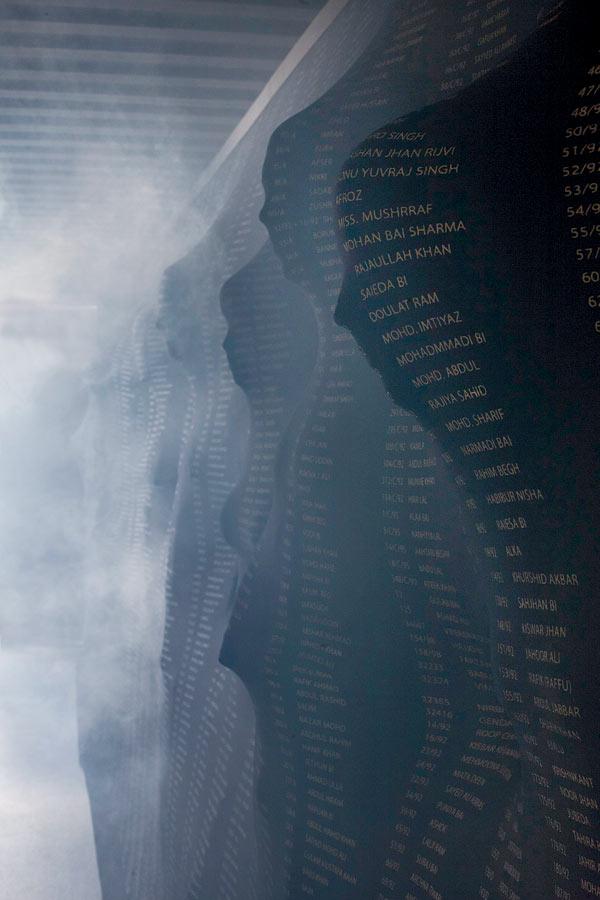
Jodha speaks of mounting 35 mannequins as protest art. This was in reaction to Dow Chemicals, the key sponsor of London Olympics in 2012 announcing to put canvases around the main venue
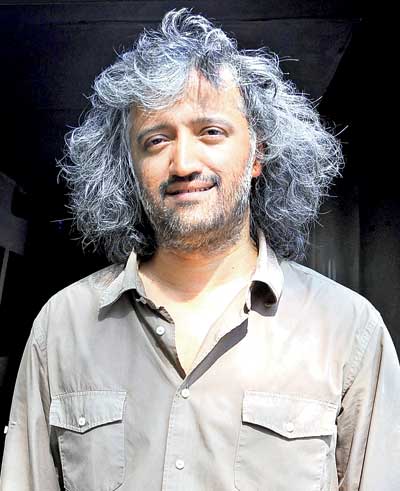
Samar Singh Jodha
Q. Two generations, since the leak, have still been facing its results. How do you convey this?
A. People use empty plastic bottles (which in certain parts of the world is banned) to carry water but how do you justify the toxicity the bottle will contain? We need to get adequate laws, rules and regulations into place. The question for me for the Bhopal Gas Tragedy was how do I bring the audience into the space. Once you step into the compartment, people walk into the experience and carry their own thought process as they experience the light and images. We had put in a camera at the Kala Ghoda Arts Festival in 2011 where we had the highest number of visitors — about 80,000. Most people who walked in didn’t have a clue about the Bhopal Gas Tragedy.
 Subscribe today by clicking the link and stay updated with the latest news!" Click here!
Subscribe today by clicking the link and stay updated with the latest news!" Click here!







